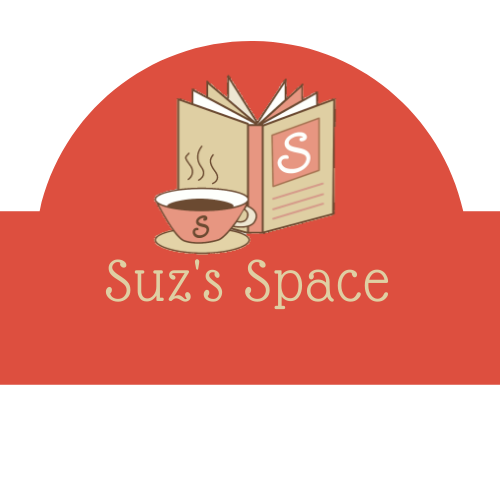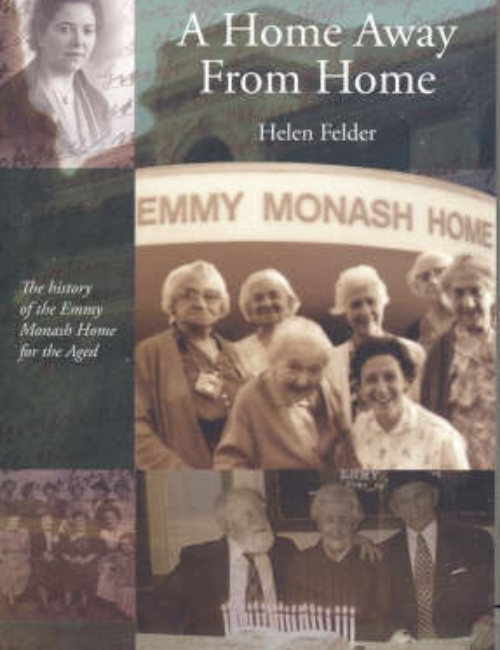My reading is rather eclectic and this is probably on the more normal side of my reading I think the last two books have been a little out there. I was recommended I read this with a view to figuring out how I could structure the history of my synagogue that I’m writing. As the history of an organisation it’s rather more readable than I expected. It could almost be a blueprint on how the organisation should be displayed. I have a bit to say about this book.
The Emmy Monash Home for the Aged is in Melbourne. It was started in 1941 by Margarete Arnhold. She arrived in Melbourne in 1938 from Germany. She started The Mutual Help in 1941 with a small act of taking some food to someone with rheumatic fever. From this small act grew an amazing organisation. They provided ‘practical help, assisting and comforting those amongst them who were sick and who needed help when there was no one else to turn to.’ In 1948 they open an old-age home, providing somewhere for old people to live. Over the years this has expanded, and expanded and expanded. The home started by being able to accommodate 20 people, they can now accommodate more than 150 people. To start from absolutely nothing and then develop a first-class organisation for this many people is truly amazing.
One of the things that really made my blood boil was in about 1959. They approached the bank to ask for an overdraft. The bank suggested this might be available ‘against the security of several gentlemen who would be acceptable to them.’ These were extremely high-powered women, who had run an amazing organisation and they were being sidelined because they were women! I understand things have changed substantially since then, but to see the sexism at play just blew me away.
One thing I loved about this book was seeing all the names. I was continually bearing the decade in made as I read it. The first time I saw Mrs Ehrmann I exclaimed ‘Uncle Effie’s mother!’ Having grown up in Melbourne I know so many of the names and was able to picture their children or grandchildren. Uncle Effie was an honorary uncle of my childhood, and it was wonderful to see his mother depicted here. This one is the most obvious to me, but there were many others. Some I knew from my synagogue and it was great to see their names pop up.
One thing I would have liked is more information about the people. There was some, such as with Margarete Arnhold, and a family tree of Emmy Monash (the person, not the organisation), and the other Presidents (until 2005 when this book was published). But I’m greedy and I wanted more. I wanted to understand many more of the people a bit more, what brought them here rather than somewhere else, how they coped with everything in life. This history is great, but I just want more.
Other things I loved were the reproductions of photos and snippets from newspapers etc. I looked carefully at all the photos and matched up the names with the faces. I wanted to see what certain people looked like. One of the photos had a young Uncle Effie installing the mezuzah (specific verses from the Torah affixed to the doorpost). It was fun to see him so young, I only remember him as middle aged and old.
Reading this book helps me to understand the names attached to various wings of Emmy Monash. Some of them are so named because of the dedication and amount of work they did, others because they gave lots of money.
Sadly, I don’t know where you can buy a copy. It’s a challenge to find it online. Maybe Felder needs to update it so they can sell more copies.

